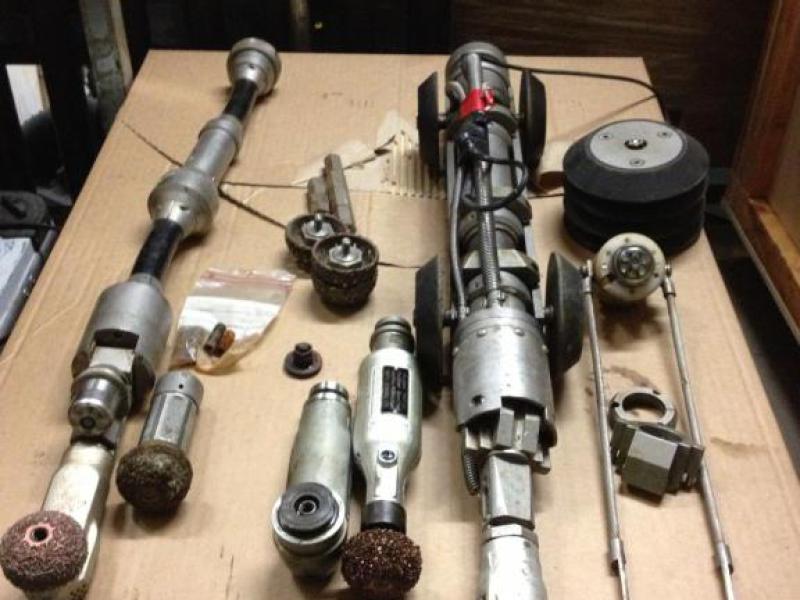
Shirley Wenger is a professional journalist and editor who has been working in the publishing industry for more than 15 years. She is an award-winning...Read more
A sewer pipe lining needs to be installed carefully. There is need for the installation of the sewer lining in a drain that connects the building to a public sewer and the one that connects a drain pipe of a public sewer. The sewer liner may be easy or complicated depending on the pipe material. Harder material pipes become too hard to handle. This is the reason as to why it may require additional labor and strong crn pressure equipment.
The following are the detailed step to step guide on how to use a sewer lining equipment:
Digging and preparing for the sewer line installation
Before the installation process, the contractors need to perform a dye test before installing the sewer liner.
Verification of the exact location and the number of service connection or the side sewer
Fielding and locating the existing service connection
Directing all the service connection done by the remote cutting device by a TV camera or by the internal manual cutting.
Digging and preparing the sewer pipe liner
Locating the precise location. The homeowners’ sewer needs to be 6’ clay lower to connect to the 4’ metal upper lateral sewer liner
Cut the grass in 2 -3 sections to leave a few inches for the dirt
Dig down 5’ -6’ feet till the exposure of the surrounding area that connects the lower and upper lateral
Use the cutter to open the lateral forward by the wire bush attachment. This will help in the completion of the cut flush in an effective manner
Align the in a perfect way. You need to align it in inverter by inverter. Then, the pipes are separated by the cutting tool on the lower lateral. You can use the snap cutters for a clean circular diameter. This will ensure a 6 by 4 drain fit reinstallation after the Parma-liner pipe has been installed.
Remove the resin slugs from the connection that is reinstalled. You can use the cut coupons that were cut from the liner to reopen the lateral connection
Cleaning the sewer
Cleaning the sewer liner; it is cleaned by the hydro jetting method. This is where the jet hose is connected to fit the head of the inside sewer pipe while the jet machine’s pressure water is controlled. The root rat head of the jetter contain tiny holes that spay water at a high pressure. The technicians need to be more careful in controlling the backward pressure and the forward motion of the jetter.
Performing a final inspection before the preparation of the sewer liner.
This is where a video camera inspection is done before the sewer liner is prepared. The roots and dirt are not allowed in the pipe surface.
Roots and dirt are not allowed in the sewer pipe
Taking the measurements of the Parma-liner
The amount of the Parma-liner and the pipe that will be inflated inside are measured. The calibration tube is also measured. It needs to have a length of 27
Removing the air from the Parma-liner pipe
This is achieved by vacuum manifold. At this point, there are no air pockets inside. This will help in hardening the resin
Connecting the head inversion to the first horse invasion
This is the process that involve 2 inversions; One for the hose holds and the second hose houses the perma-liner.The both require to have 90 degrees
Mixing and pouring resin into the perma-liner
This process needs a clean traffic cone in pouring the premade resin
Shooting the Parma-liner pipe into the sewer line
The gauge is then adjusted in delivering the required amount of pressure
Shoot the calibration tube into the Parma-liner with a pressure of10-15 to inflate it like a liner balloon pipe.
Shirley Wenger is a professional journalist and editor who has been working in the publishing industry for more than 15 years. She is an award-winning writer and her work has been featured in various publications, including The New York Times, The Wall Street Journal, and Time Magazine.

